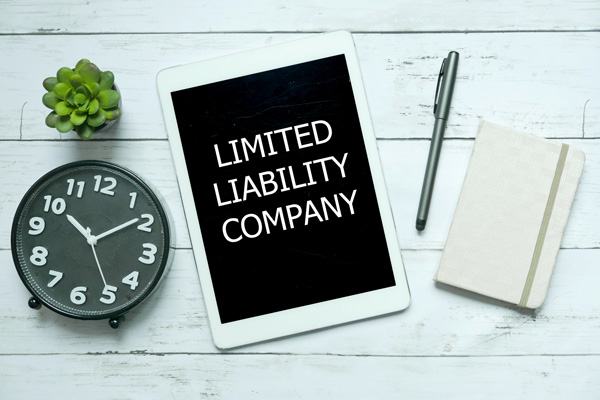When you create a limited liability company (LLC) or a corporation, the concept of limited liability is one of the key rationales for those entity choices. Limited liability is typically available when you create distinct legal entities that separate your personal assets from your business assets, thereby limiting exposure to liability on both fronts. Even though this is a foundational characteristic of the LLC and the corporation, the limited liability shield can be lost. The loss of limited liability protection is called “piercing the veil.”
What Is Piercing the Veil?
Piercing the veil occurs when a court decides not to recognize the separation between the legal entity and its owners. When this happens, limited liability is lost, and creditors and litigants can target the owners’ personal money and property to satisfy the company’s debts and liabilities. A decision to pierce the veil can be devastating because it undermines an essential protection for business owners—it should therefore be avoided at all costs.
What Activities Can Result in Piercing the Veil?
Many business owners engage in activities that increase their chances of losing their limited liability protection if they were to find themselves in a court battle. Here are the most common circumstances that result in piercing the veil:
- Commingling funds and other identity-blurring activities. One common way business owners put their limited liability at risk is by commingling their business funds with their personal funds. Courts interpret the commingling of business and personal money as a failure to keep the legal identities separate. In effect, courts say that if you, as a business owner, did not recognize or treat your business separately, you should not be able to hide behind the shield of limited liability. Commingling of funds involves paying for personal assets from the company’s account and vice versa. Other forms of blurring activity may involve parent companies and subsidiary companies. If you purchase a tool or property for one company, using it for another company could expose your business to heightened risk. This commingling and blurring activity is often characterized by a lack of corporate or LLC records tracking the specific action in question. Therefore, you must maintain records and practices that keep your business’s property and money separate from your personal assets and the assets of other businesses you own.
- Intentional or grossly negligent conduct by business owners. Courts will pierce the veil if they find that a business owner’s behavior was extreme and led to the harm for which the business is being sued. For example, suppose a business owner was carrying out a business-related delivery in the company car and ended up in a car accident. If it is established that the business owner was driving while intoxicated, the court might strip away the business’s limited liability. In such cases, litigants pursuing a judgment against the company would likely also seek it against the business owner—and would probably win. This type of outcome shows that the limited liability shield is not impenetrable.
- Fraudulent behavior. Business owners can lose their limited liability protection by engaging in fraudulent behavior, which may also fall under the more general category of intentional or negligent conduct. One way fraudulent activity sometimes leads to veil piercing is when the owners have created the company in order to cover up the owners’ unjust actions. Under such circumstances, the courts have determined that failure to pierce the veil would lead to injustice.
- Undercapitalization. Undercapitalization itself will not necessarily result in the loss of a business’s limited liability protection. Rather, this factor supports a court’s determination to remove the limited liability shield because the business has failed to maintain an adequate amount of capital to support its liabilities. More specifically, the court will examine whether the company at least had enough money to carry out its operating activities. Lack of capital, coupled with one or more of the other factors discussed, increases the likelihood that a court will find piercing the veil to be appropriate.
- Failure to adhere to corporate or legal formalities. Finally, a common mistake of small business owners is the failure to comply with the statutory formalities required in the business’s jurisdiction. State law dictates what LLCs and corporations must do to remain in compliance. Failure to keep track of and adhere to these requirements is likely to result in the entity’s suspension, leaving the business owners exposed to potential personal liability for the company’s debts. As a business owner, you must understand your jurisdiction’s requirements for your business and how these legal formalities impact the liability shield.
Next Steps
It is crucial to take the necessary steps to protect you and your business from veil piercing. Our team of experienced attorneys will work tirelessly to help you structure your business in the right way and comply with your state’s requirements. Schedule a virtual consultation with our office to assess your current risk and enact legal strategies to protect your limited liability.


